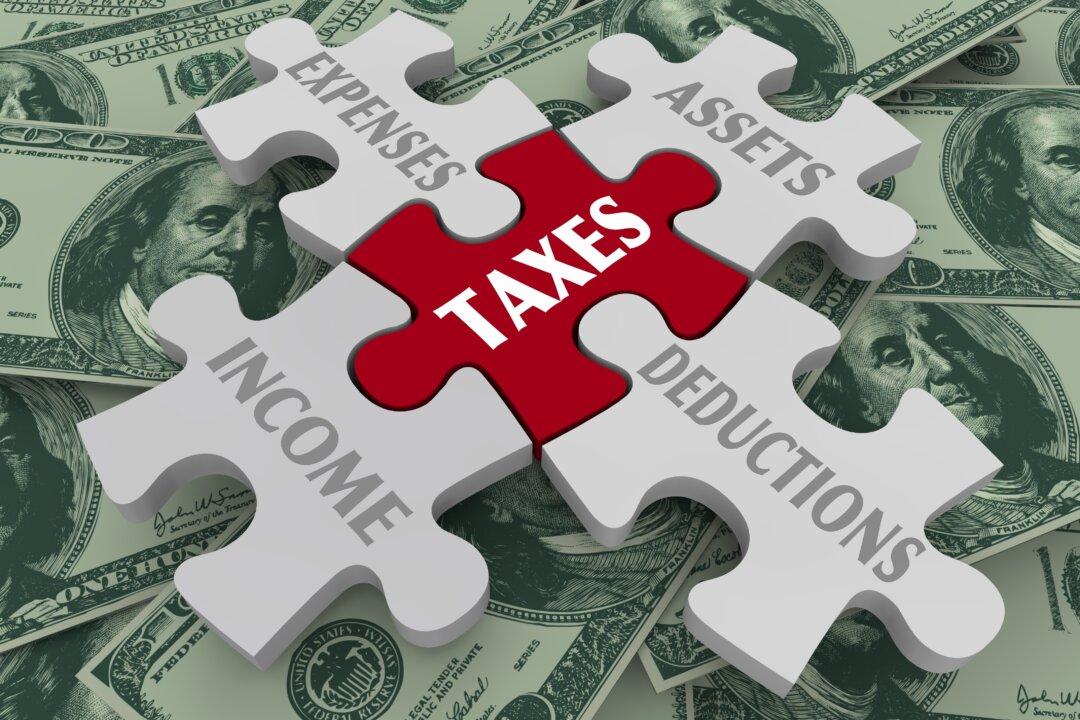Washington and California passed laws requiring companies to post salary ranges on job listings. New York passed a similar last year. The goal is to help reduce wage gaps and make a more level playing field for employees.
And with pay transparency laws becoming a hot topic in business, questions by both employers and employees keep coming up. What is pay transparency, how does it work, and what are the results?






